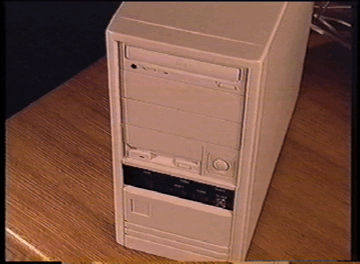
Readings, Week 4: Why The Great Hypertext Story Came, Then Went
You can see this as a classic failure of futurism: Even those of us who actually have a grasp of long-term trends can’t predict the real consequences of those trends.
– Steven Johnson
Searching the Internet for some more information about hypertext, I eventually stumbled upon an article entitled “Why No One Clicked On The Great Hypertext Story” on Wired.com. The article presents hypertext as something that should’ve had a bigger impact on the world than it did; a revolutionary tool for non-linear storytelling that seemingly went begging, perhaps arriving a little too far ahead of its time.
It’s an interesting read that provided me with great detail into the background of hypertext fiction, which is succinctly described as a type of non-linear storytelling where “people would explore the story, not read it.” Why then did this exciting new way of experiencing text flop when it was posed as the next big thing throughout the late ’80s to mid ’90s? Author Steven Johnson pins it down to a number of reasons.
Firstly, Johnson notes how “incredibly difficult they were to write“. The non-linear nature of hypertext gave authors a whole plethora of technical problems that needed to be accounted for. For instance, they’d have to reintroduce characters and concepts multiple times throughout the plot to ensure every reader would be sufficiently informed. Secondly, the floppy disc was a very limiting platform that had little accessibility and even less sharing capabilities. Combined, these two large points seemed to cause hypertext fiction’s ill fate. However, its shortly-lived success aside, hypertext still stands as a significant chapter in the history of non-linear storytelling, and remains “a brilliant medium for bundling a collection of linear stories or arguments written by different people.”

